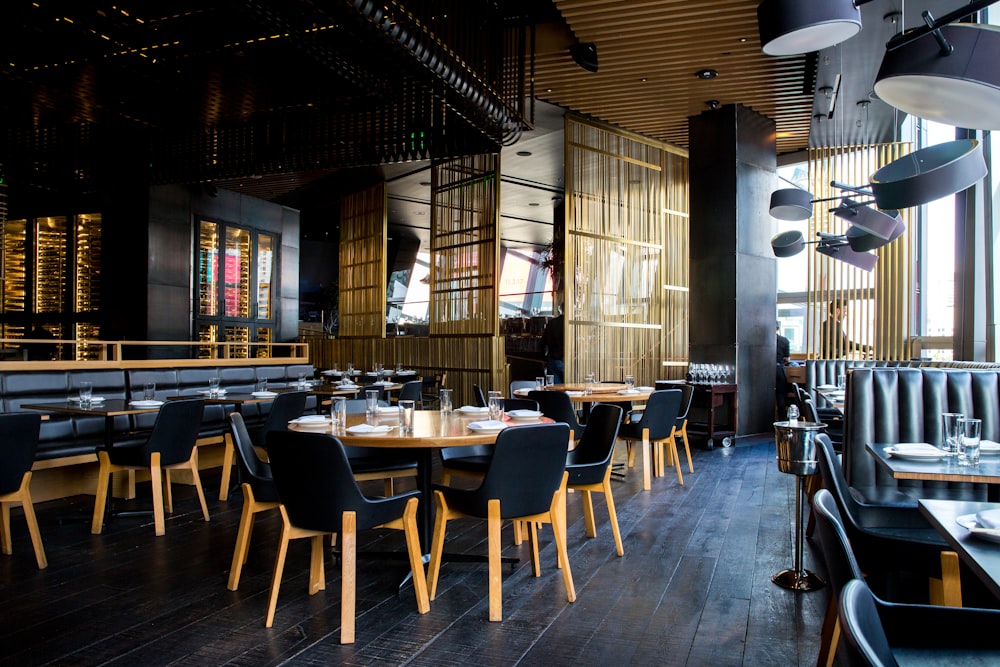
Retail Renovation Transforming Shop Interiors for Success”
Subheading: The Power of Retail Renovation
In today’s competitive retail landscape, staying ahead of the curve is crucial for success. One way retailers are achieving this is through strategic renovation of their shop interiors. Retail renovation isn’t just about a fresh coat of paint; it’s about transforming the entire shopping experience to meet the evolving needs and expectations of customers.
Subheading: Understanding Customer Preferences
Before embarking on a retail renovation project, it’s essential to understand the preferences and behaviors of your target customers. What are their shopping habits? What do they value most in a retail environment? By gathering insights through surveys, focus groups, and market research, retailers can tailor their renovation plans to create spaces that resonate with their target audience.
Subheading: Creating an Inviting Atmosphere
One of the primary goals of retail renovation is to create an inviting atmosphere that draws customers in and encourages them to linger. This involves careful attention to lighting, layout, and decor. Soft, ambient lighting can create a warm and welcoming ambiance, while strategic layout design can guide customers through the store in a seamless and intuitive way. Thoughtfully curated decor elements add personality and style, further enhancing the overall shopping experience.
Subheading: Enhancing the Customer Journey
A successful retail renovation isn’t just about making the store look good; it’s about enhancing the entire customer journey from start to finish. This includes everything from the moment a customer walks through the door to the checkout process. By optimizing flow, signage, and product placement, retailers can make it easier for customers to find what they’re looking for and make informed purchasing decisions.
Subheading: Incorporating Technology
In today’s digital age, technology plays an increasingly important role in retail renovation. From interactive displays to mobile payment options, incorporating the latest technology into shop interiors can enhance the overall shopping experience and streamline operations. For example, digital signage can be used to promote sales and promotions, while self-checkout kiosks can reduce wait times and improve efficiency.
Subheading: Flexibility and Adaptability
In a rapidly changing retail landscape, flexibility and adaptability are key considerations in retail renovation. Retailers need to design shop interiors that can easily evolve to meet changing trends and consumer preferences. This might involve modular furniture, movable fixtures, and versatile layouts that can be easily reconfigured as needed. By designing for flexibility, retailers can future-proof their shop interiors and stay ahead of the competition.
Subheading: Maximizing Space
Retail space is valuable real estate, and effective use of space is essential in retail renovation. This means maximizing every square inch to optimize merchandising opportunities and create a more enjoyable shopping experience for customers. Clever storage solutions, vertical displays, and multi-functional furniture can help retailers make the most of their available space while maintaining a clean and clutter-free environment.
Subheading: Incorporating Brand Identity
A successful retail renovation should also reflect the brand identity and values of the retailer. From the color scheme to the decor to the overall ambiance, every aspect of the shop interior should align with the brand image and resonate with its target audience. This helps to create a cohesive and memorable shopping experience that reinforces brand loyalty and drives repeat business.
Subheading: Engaging with Customers
Finally, retail renovation is an opportunity for retailers to engage with their customers and solicit feedback. Whether through social media, in-store surveys, or customer feedback forms, retailers can involve customers in the renovation process and make them feel valued and heard. This not only fosters a sense of community and loyalty but also provides valuable insights that can inform future renovation projects.
Subheading: Conclusion
In conclusion, retail renovation is a powerful tool for transforming shop interiors and driving success in today’s competitive retail landscape. By understanding customer preferences, creating inviting atmospheres, enhancing the customer journey, incorporating technology, designing for flexibility, maximizing space, reflecting brand identity, and engaging with customers, retailers can create shop interiors that inspire, engage, and ultimately drive sales. With careful planning and execution, retail renovation can breathe new life into retail spaces and position retailers for long-term success. Read more about shop interior


